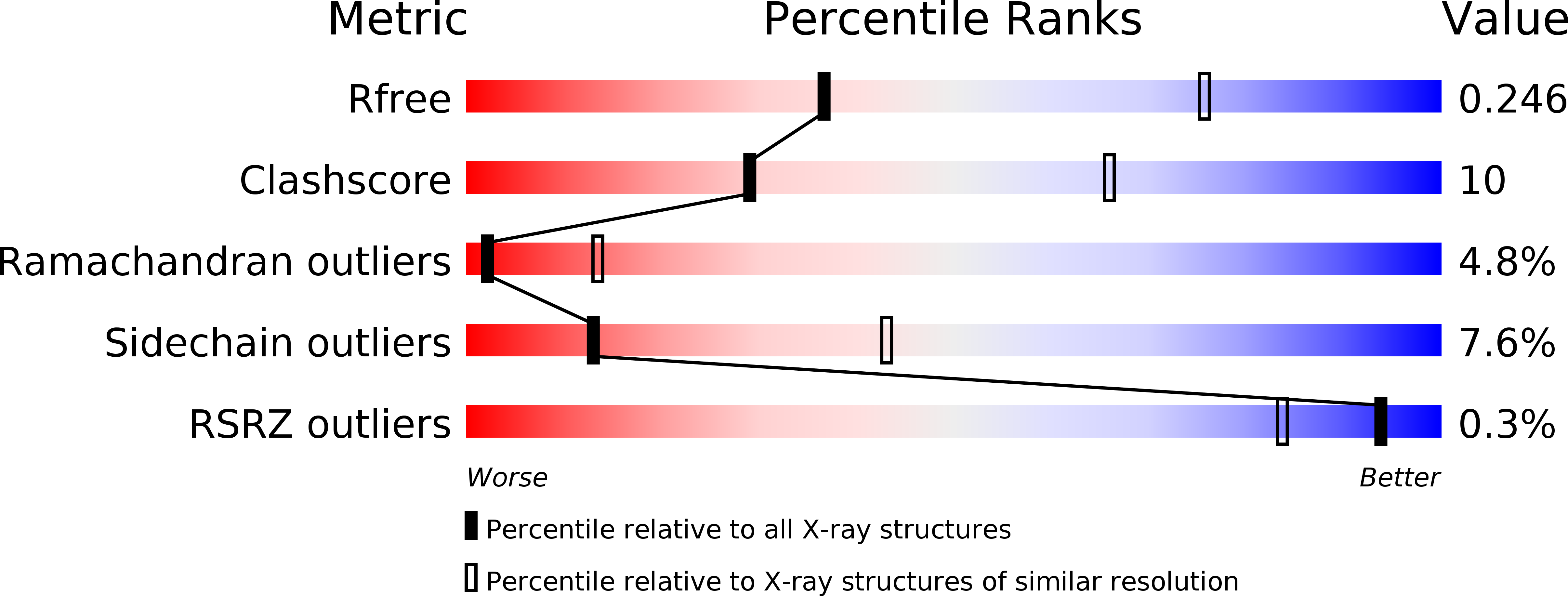
Deposition Date
2014-07-07
Release Date
2014-09-17
Last Version Date
2024-11-20
Entry Detail
PDB ID:
4QT8
Keywords:
Title:
Crystal Structure of RON Sema-PSI-IPT1 extracellular domains in complex with MSP beta-chain
Biological Source:
Source Organism:
Homo sapiens (Taxon ID: 9606)
Host Organism:
Method Details:
Experimental Method:
Resolution:
3.00 Å
R-Value Free:
0.29
R-Value Work:
0.23
R-Value Observed:
0.23
Space Group:
P 1 21 1


